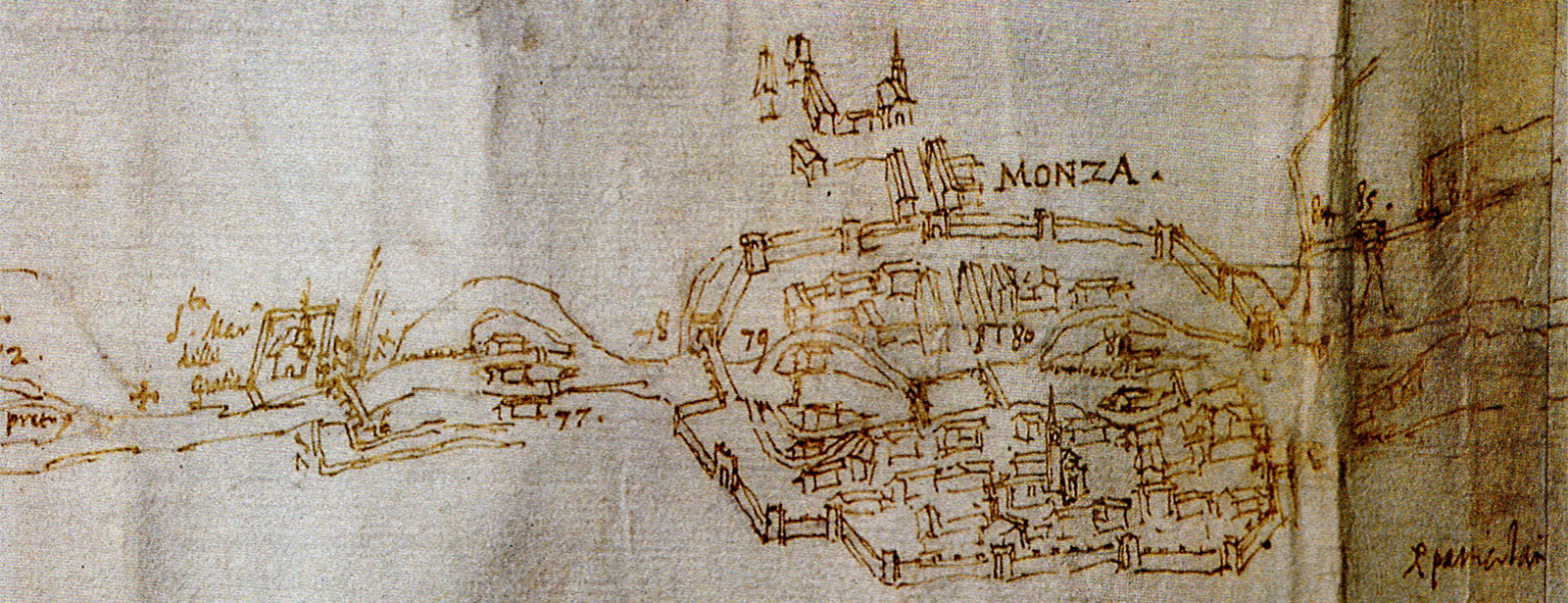In addition to the basilica founded by Theodolinda, numerous churches were built in the Middle Ages within the walls of Monza. Among the oldest and now disappeared, we remember San Martino, Sant’Ambrogio, San Salvatore, Sant’Agata and San Michele, the latter chosen in 1128 for the coronation of Corrado III of Svevia.
Other ecclesiastical buildings, destined to play a central role in the history of the city, were erected in the thirteenth century at the initiative of new religious orders, especially the Umiliati and mendicant orders (Franciscans, Dominicans, Augustinians).
The most important of the eight humiliated houses in Monza was established around 1252-1259 at the new church of Sant’Agata, then called Santa Maria del Carrobiolo, known among other things for having received in pledge the Treasury of the Cathedral in 1273 by Raimondo della Torre.
The main Franciscan convent was located to the west of the village, near the pratum magnum (today’s piaza Trento and Trieste), and had a large church that in 1300 was taken as a model for the reconstruction of the Cathedral.
The Dominican church of San Pietro Marire, that of the Disciplini of Santa Marta and that of Santa Maria in Strada which connected Milan with Monza and equipped with one of the most beautiful Lombard gothic facades go back to the fourteenth century.
From these buildings, which have disappeared or been extensively reworked over the centuries, come sculptures and frescoes that are now part of the museum’s collections.





